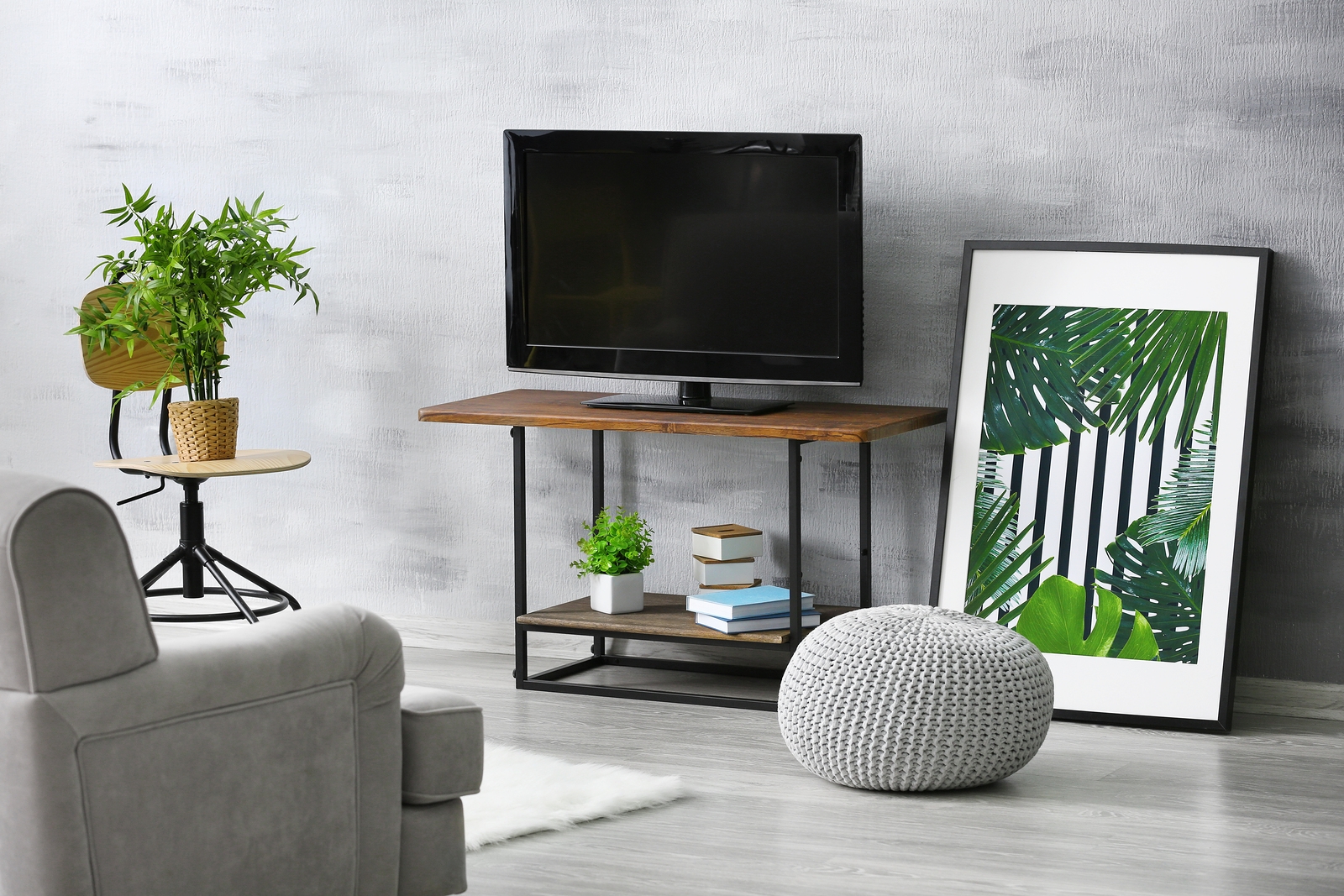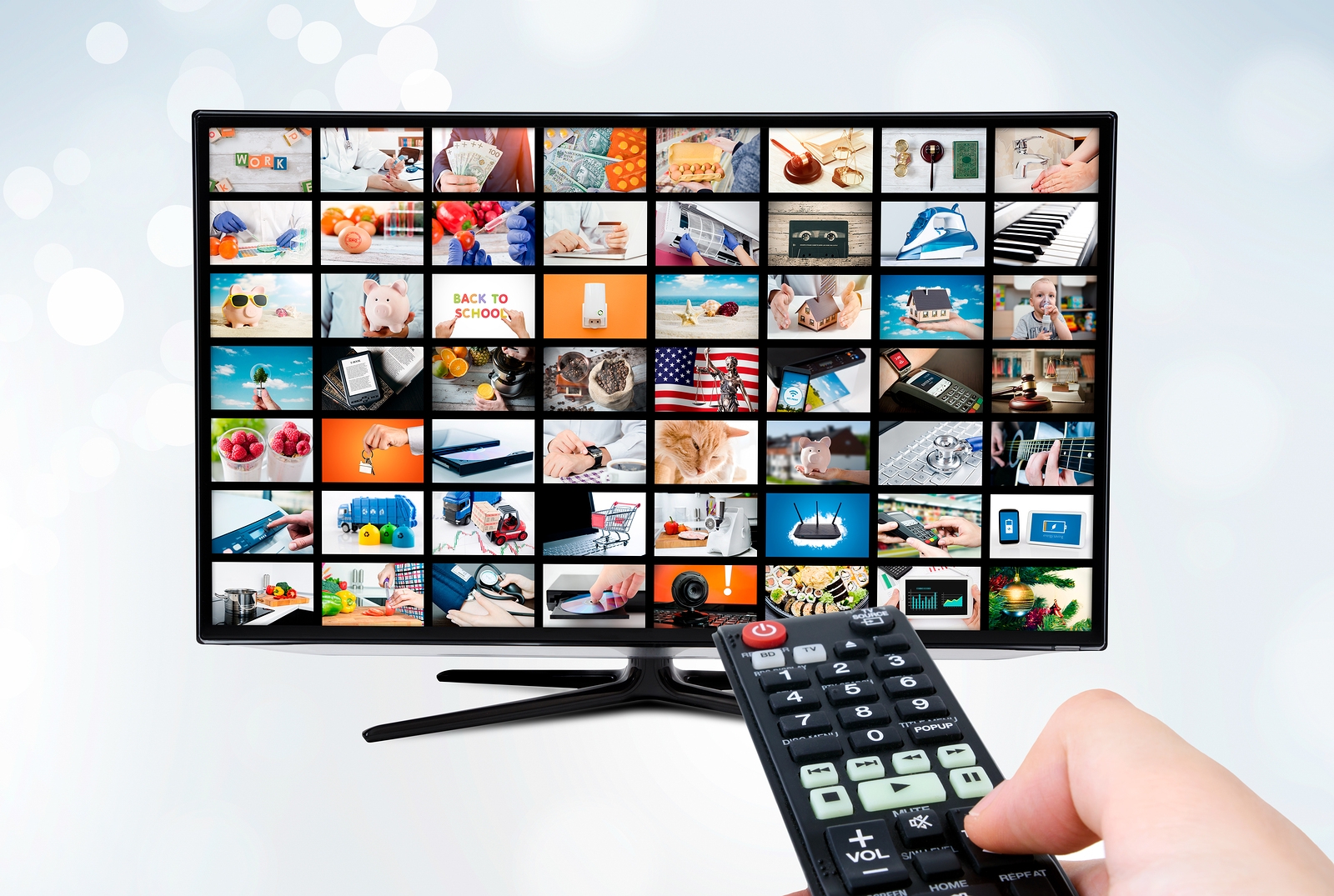Things to Consider When Buying a New TV | Jersey Coast Appliance
You’ve decided it’s time to shop for a new TV. Should be simple, right? The truth is buying a new TV can be a little overwhelming. There are a number of different options to consider including HD, 4K Ultra HD, OLED, and HDR models. Before you head out shopping, it’s a good idea to do a little homework and get a basic idea of the benefits of each option.
HD
High definition or HD TVs have a screen resolution of 1920×1080. This means they have roughly 2 million pixels generating the screen image. Once considered cutting-edge, HD TVs are now considered more of a standard model. HD TVs still remain a popular choice. They can typically be found at the lower end of the spectrum when it comes to price. Many viewers report that they don’t notice much difference in the picture quality of HD TVs vs more advanced models until you get in to screen sizes larger than 65” diagonally.
Ultra HD/4K
Ultra-high definition or UHD TVs are also referred to as 4K TVs. They have a screen resolution of 3840×2160 which means they contain 8 million pixels or four times the number of pixels contained in a regular HD set. This densely packed array of pixels allows UHD TVs to provide greater picture detail.
If you’re considering a larger screen, such as 65 inches or above, a UHD/4K model may be a better as its benefits are more evident in larger screen sizes. Newer models offer a wider range of colors that can be displayed. On all 4K models, specially produced content must be viewed for these colors to be evident. The amount of 4K content available is increasing, especially from streaming services such as Amazon and Netflix.
HDR
High dynamic range or HDR is a feature found in UHD/4K TVs. It refers to a photography technique that sharpens the contrast between light and dark colors on the screen. HDR is often paired with wide color gamut or WCG capability to boost not only the TV’s contrast but it’s brightness and color, making images look more realistic and lifelike. To realize the benefits of this feature you also need to be viewing 4K content. There are also a few different types of HDR which can become increasingly confusing. Not to worry, your TV should automatically detect the type of HDR required for the content and choose the right way to play it.
OLED
Organic Light-Emitting Diode or OLED is a display technology that provides multiple benefits. It is capable of reaching dark black levels from ultra-thin screens. The benefit that sets an OLED TV apart from other models and has great appeal for some consumers is that it’s eco-friendly. Unlike many HD and UHD models, the OLED isn’t backlit by LEDs. With OLED technology, an organic, carbon-based film is placed between two conductors. when an electrical current is passed through, it emits light. This process takes place in each pixel. OLED TVs are lighter and thinner because they don’t have a backlight and still produce excellent picture quality.
Smart TV
Deciding whether or not you want a set with internet access is a big consideration when buying a new TV. About 70 percent of all the TVs on the market today are smart TVs and that number will continue to grow. These TVs provide access to online content, such as streaming video services. Basic models typically only offer the most popular services like Amazon Prime and Netflix. More advanced models offer a wide assortment of apps, can respond to voice commands, make program recommendations and even allow you to view content from your phone on your TV.
Screen Size
Another important consideration when buying a new TV is screen size. TV screens are measured diagonally and can range in size from 20 inches to more than 80 inches. To some degree, this is a personal preference but there are basic guidelines to follow.
 For use in a kitchen or smaller bedroom, a 24 to 32 inch TV is probably sufficient. When buying a new TV from your main living area, you will want to choose a model with a larger screen, usually between 50 to 65 inches. The size of your room and the viewing distance also play a significant part in choosing the correct screen size for your viewing needs.
For use in a kitchen or smaller bedroom, a 24 to 32 inch TV is probably sufficient. When buying a new TV from your main living area, you will want to choose a model with a larger screen, usually between 50 to 65 inches. The size of your room and the viewing distance also play a significant part in choosing the correct screen size for your viewing needs.
The size of your room determines how far away from the TV you will be sitting. Measure how many feet it is from your favorite spot to the TV. Divide that number by 1.6, then multiply that number by 12. The result will be the recommended screen size in inches for your space.
Buying a New TV
Ready to start shopping? Jersey Coast Appliance carries trusted television brands such as LG, Samsung, and Sony as well as wall mounts, stands and accessories. They are available exclusively through our online store. Please check out our selection. If you have any questions contact us and let our expert staff assist you in selecting a TV that will fit your needs perfectly.








